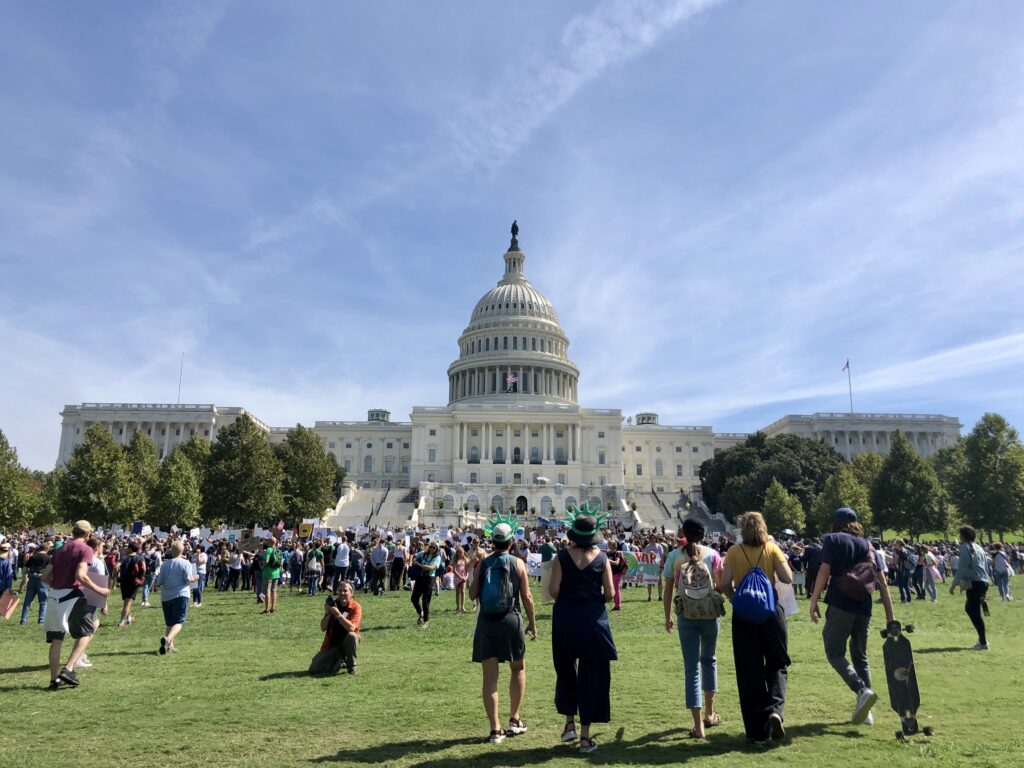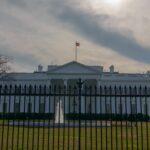It’s no secret to any of us that there has been quite a bit of recent disagreement between the opposing sides of the political aisle in the United States. And nowhere has that been more apparent lately than in the public health sphere.
But while there has been back-and-forth discourse on various issues for months, recently, 15 governors took unprecedented action this week when they announced the Governors Public Health Alliance, an initiative aimed at coordinating public health recommendations and emergency preparedness.
The Alliance was announced to serve as a hub for state leaders to share public health data, co-draft policy guidelines, prepare for disease outbreaks, and buy vaccines in bulk. It also generally strengthens the collaboration between governors and keeps an “open dialogue with the global health community.”
It is sponsored by a nonpartisan organization called GovAct, and while the effort bills itself as nonpartisan, no Republican-led states have joined the effort yet.
And while several states had already banded together to form regional alliances, including the three-state West Coast Health Alliance and the 10-state Northeast Public Health Collaborative, given the population of the states that joined, this new joint one covers a full one-third of American citizens.
This is unprecedented, because as the Wall Street Journal noted, it is the largest move so far to create what it calls an alternate “public-health universe outside the federal government.” It is, of course, typically the federal government’s job to coordinate responses to public health issues and emergency preparedness.
But with the increasing fragmentation of viewpoints surrounding these issues, some noted that governors are now on the front lines of public health – and are frequently at odds with the Trump Administration on related issues – necessitating this alternate universe.
When questioned about the Alliance, a U.S. Department of Health and Human Services (HHS) spokesperson reiterated that the Trump Administration’s public health recommendations are grounded in rigorous evidence and what it calls “Gold Standard Science.”
What is somewhat unclear is how effective (and permanent) this alternate universe will be. The guidelines that state coalitions would devise would not be legally binding, and it would still remain up to individual states how they wish to interpret any policy recommendations.
And this would, of course, create a patchwork situation, wherein health policy and even perhaps coverage of some vaccines would depend on the state you’re in. When asked about effectiveness, an expert predicted that this would be more about open communication and mutual preparedness, as opposed to acting as a shadow Centers for Disease Control and Prevention (CDC): something more akin to what professional associations already do.
Major professional societies and medical organizations generally don’t dip their toes into the lake of politics, but similarly to the 15 states in the Alliance, many are finding themselves issuing guidance outside of the Trump Administration’s versions. This includes the American Academy of Pediatrics and the Academy of Family Physicians, among others, that already issued their own guidance related to their respective public health issues that were contrary to federal policy.
Two big questions remain. One, will this Alliance – and the alternate health universe it’s helping create – be permanent? And two, what are the long-term consequences of an increasingly fragmented public health system?
It’s too early to tell, but these questions will eventually need to be answered.
EDITOR’S NOTE:
The opinions expressed in this article are solely those of the author and do not necessarily represent the views or opinions of MedLearn Media. We provide a platform for diverse perspectives, but the content and opinions expressed herein are the author’s own. MedLearn Media does not endorse or guarantee the accuracy of the information presented. Readers are encouraged to critically evaluate the content and conduct their own research. Any actions taken based on this article are at the reader’s own discretion.























